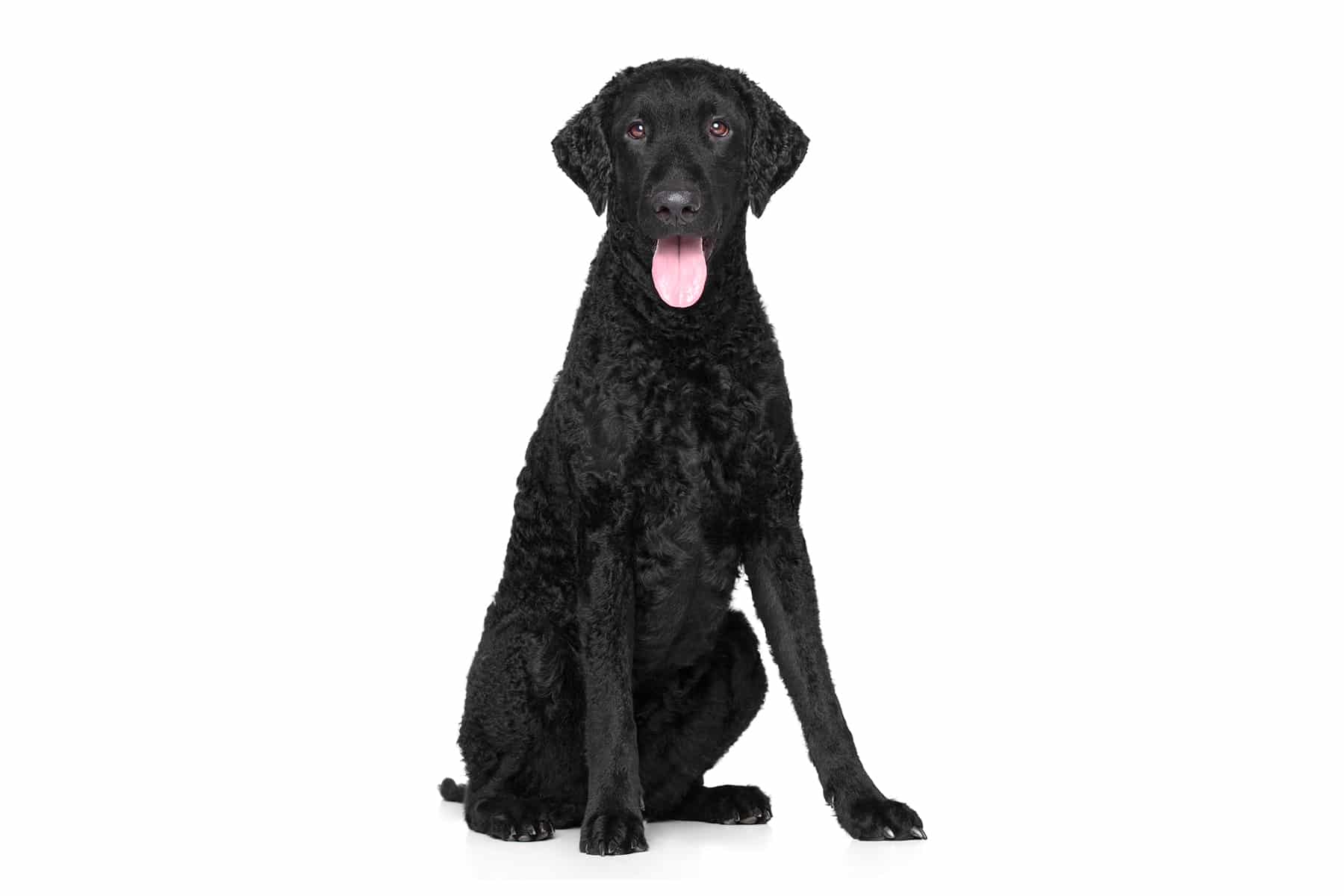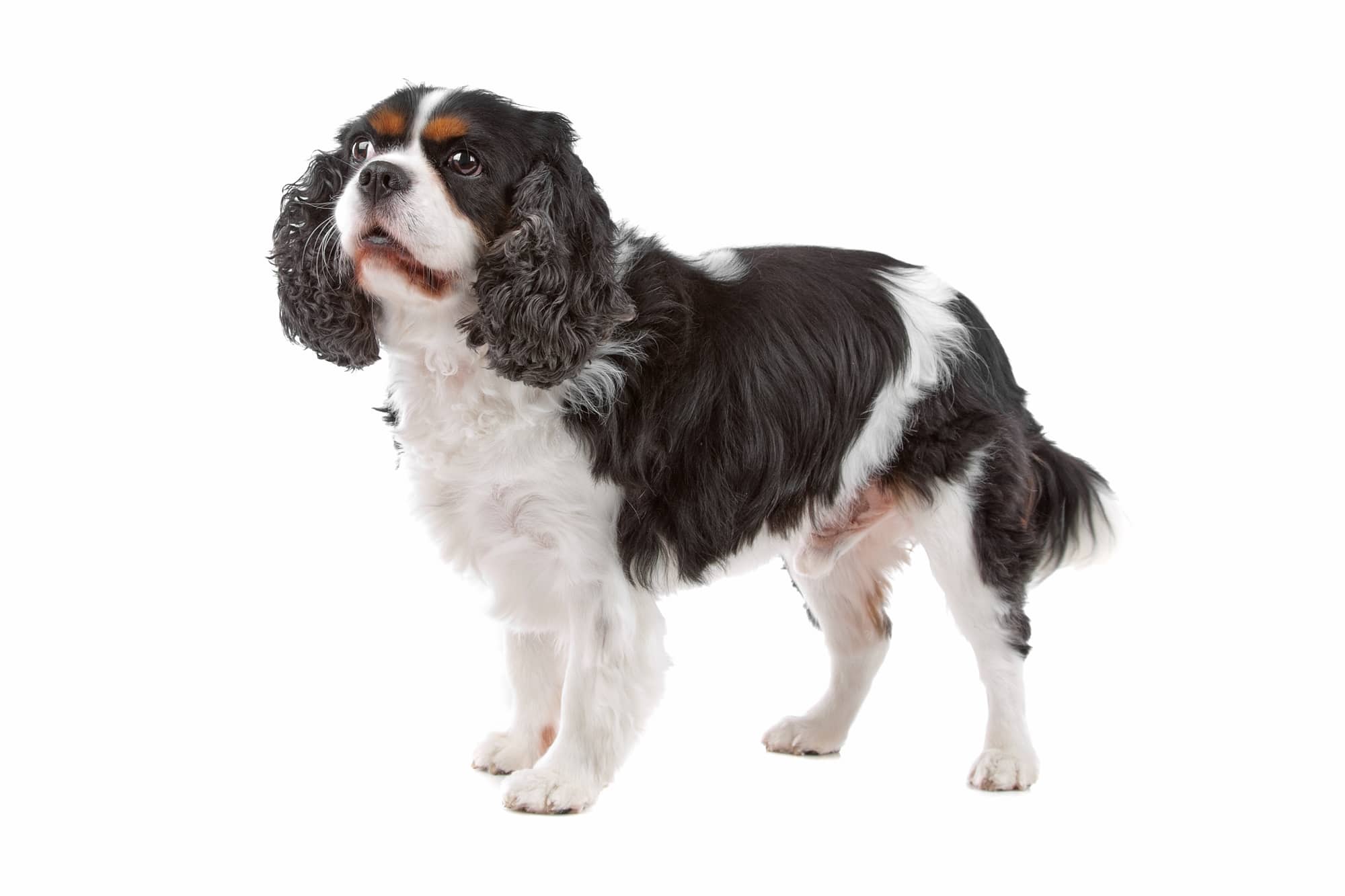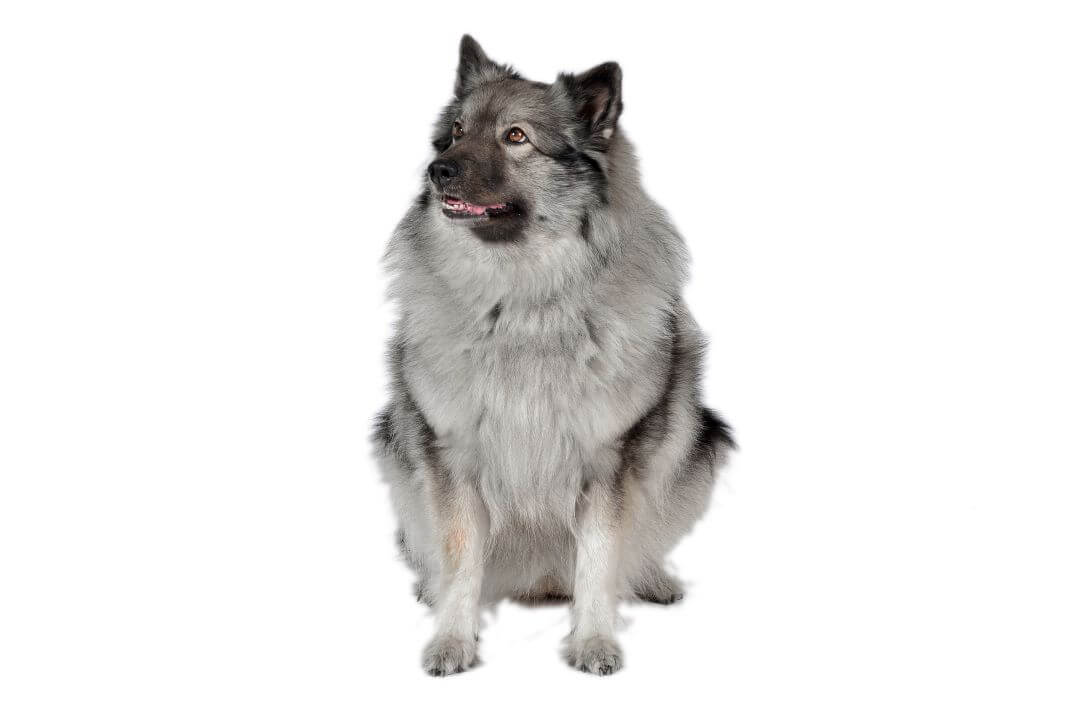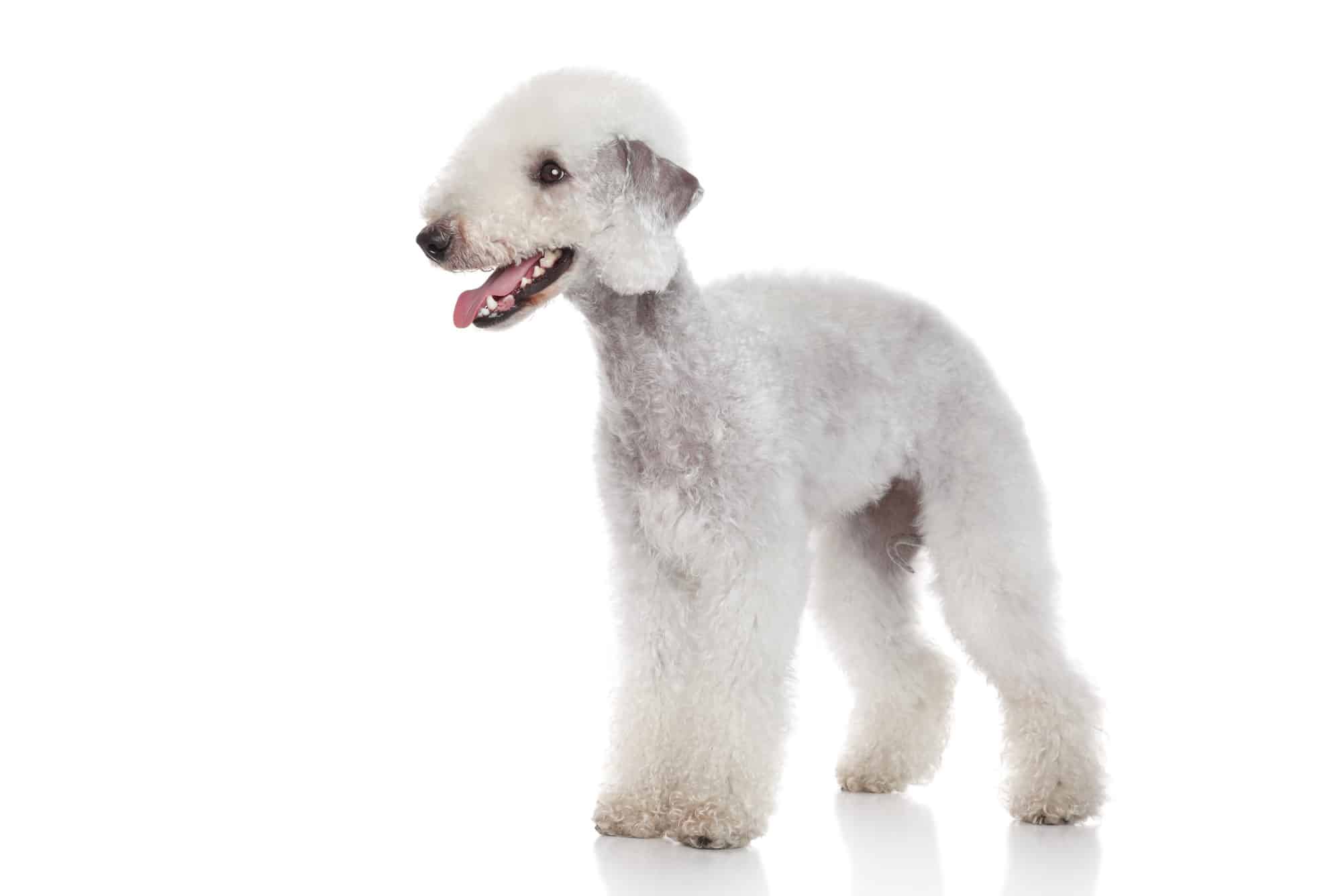Sarplaninac



Temperament:
He is a handsome giant, the Sarplaninac. Originally bred and kept as a shepherd dog, today he wants a family with dog experience and people who can do justice to his eagerness to work and his urge to move. If you have a lot of dog experience and want a strong protector, you can get a Sarplaninac.
Characteristics
With a shoulder height of up to 62 cm and a weight of up to 45 kg (females 58 cm and 40 kg), the Sarplaninac is a strong dog. Its coat is long and can be any shade from white to gray and brown to black.
The Sarplaninac's undercoat is very dense. Ice, snow and freezing cold cannot harm him, he has a stocky build and small ears hanging from his head. Its life expectancy is around 15 years.
The nature of the Sarplaninac is typical of a shepherd dog. Courageous and self-confident, it faces up to the dangers that "threaten" its herd or family. It makes independent decisions and is also a rather headstrong contemporary in other respects.
His irrepressible eagerness to work and herding instinct must be directed in the right direction through consistent training. The Sarplaninac needs a task that corresponds to its urge to move and also keeps it mentally occupied.
Long walks and "brain teasers" are an absolute must. If you can't offer him this, your big, gentle friend will turn into a dissatisfied, grumpy contemporary. The otherwise good-natured four-legged friend's irritability threshold then drops rapidly and he tends to become aggressive.
Unfortunately, this characteristic has earned the Sarplaninac an entry on the list of potentially dangerous dogs in some countries.
Coat care:
Shedding:
Energy level:
Trainability:
Children suitable:
The right food
When choosing food, make sure that it contains high-quality ingredients, is balanced and meets your dog's requirements. Age, size or weight, activity and health status play an important role. You should follow the manufacturer's recommendations for the amount of food.
Treats should only be fed in moderation and deducted from the basic diet to avoid obesity.
Puppies can be fed 4-6 times a day. The number of meals should be gradually reduced to 2 per day until the dog is fully grown. A rest period should be observed after meals.
Fresh drinking water should be available at all times.
Health & Care
The Sarplaninac does not only like to be brushed in spring, when the coat change is due. The dense undercoat is best removed with a coarse comb or a special long-hair brush.
Dogs of this breed should only be bathed in an emergency. You would only damage the natural protective layer of the skin. The coat is also extremely water-repellent, which is very beneficial for the Sarplaninac in the climate of its original homeland.
Teeth and ears also need to be checked, cleaned and cared for regularly. The ears can be wiped with a clean, damp cloth or cleaned with a special ear cleaner for dogs. Teeth should be brushed regularly with a dog toothbrush and dog toothpaste. From time to time you can also give him chews for his teeth.
If the claws do not wear off by themselves, they must be trimmed regularly.
After every walk, especially in nature, you should check your dog for parasites such as ticks and remove dirt from the coat. Also check the pads for foreign bodies and clean them if necessary.
Suitable accessories
200 sheep, 30 hectares of land and a few free-roaming wolves and bears. That would be the ideal environment for the Sarplaninac. But hardly anyone can offer him that today. Especially not outside his mountainous homeland.
Although it is still used as a guard dog, it can also be happy in a different environment. A farm or a large house with a garden where he can be with his family are good conditions for the Sarplaninac.
He wants to move around freely and have something to "herd". If it's not sheep, then family members or other pets. Apart from that, the Sarplaninac doesn't need much. A soft, sturdy collar and lead, a small assortment of brushes and combs for grooming and plenty of time.
Other accessories that are part of every dog's basic equipment: water and food bowls, tick tweezers, claw clippers, dog toothbrush and cream, transport grids for transportation in the car and a first aid kit. It's best to ask your vet what should be in the first aid kit.

Origin & History
The Šar Planina, a mountain range in the former Yugoslavia, is the original home of the Sarplaninac. It lies between Kosovo and North Macedonia. The Sarplaninac also owes its name to this region. The breeding and spread of the breed dates back to the beginning of the 19th century.
At that time, however, there was no uniform breed standard. For example, the Kaski Ovcar (a very similar-looking breed from Kosovo) was also incorrectly referred to as the Sarplaninac. The breed was not recognized by the FCI until the end of the 1930s, when it was still known as the Illyrian Shepherd Dog. Since 1956, the breed has officially borne the name Sarplaninac and is listed under this name in the FCI breed standard.
In addition to its role as a guard dog, today it is also increasingly used as a guard and protection dog by the police and military. Here, too, it proves its qualities as a protective colossus.
Probably the most famous representative of the Sarplaninac is "Lex". The loyal dog of Yugoslavian Marshal Tito (1892 - 1980) even saved his master's life. The clever furry friend discovered a strange package. He bravely took it into his mouth and carried it away from his master. It later turned out to be a bomb. A lot of courage for a single dog.





